Rising Health Awareness
The increasing awareness regarding health and fitness among consumers appears to be a primary driver for the Wearable Technology Components Market. As individuals become more health-conscious, the demand for wearable devices that monitor vital signs, track physical activity, and provide health insights is likely to surge. According to recent data, the market for health-focused wearables is projected to grow at a compound annual growth rate of over 20 percent in the coming years. This trend indicates a robust appetite for components that facilitate health monitoring, such as sensors and batteries, thereby propelling the overall market forward.
Technological Advancements
Technological innovations in the field of wearable technology are significantly influencing the Wearable Technology Components Market. The integration of advanced sensors, improved battery life, and enhanced connectivity options are driving the development of more sophisticated wearable devices. For instance, the introduction of flexible displays and miniaturized components has enabled manufacturers to create more compact and efficient products. This evolution is reflected in the market, where the demand for high-performance components is expected to increase, potentially leading to a market valuation exceeding several billion dollars by the end of the decade.
Growing Adoption in Healthcare
The healthcare sector's increasing adoption of wearable technology is a notable driver for the Wearable Technology Components Market. Wearable devices are being utilized for remote patient monitoring, chronic disease management, and post-operative care, which enhances patient outcomes and reduces healthcare costs. Recent statistics indicate that the healthcare wearables segment is anticipated to account for a substantial share of the overall market, with projections suggesting it could reach a valuation of over 30 billion dollars by 2027. This trend underscores the critical role of components such as sensors and communication modules in facilitating these applications.
Consumer Demand for Smart Devices
The rising consumer demand for smart devices is propelling the Wearable Technology Components Market. As consumers increasingly seek multifunctional devices that integrate seamlessly into their daily lives, the need for advanced components that support features like notifications, GPS tracking, and fitness monitoring is likely to grow. Market analysis suggests that the smartwatch segment alone could witness a growth rate of approximately 15 percent annually, indicating a strong preference for wearables that combine style with functionality. This trend necessitates the continuous innovation of components to meet evolving consumer expectations.
Increased Investment in Research and Development
The surge in investment in research and development within the wearable technology sector is a significant driver for the Wearable Technology Components Market. Companies are allocating substantial resources to innovate and enhance their product offerings, focusing on improving performance, durability, and user experience. This investment is likely to lead to breakthroughs in component technology, such as more efficient batteries and advanced sensors. As a result, the market is expected to experience accelerated growth, with forecasts indicating that R&D spending could reach billions of dollars annually, further stimulating the demand for high-quality components.
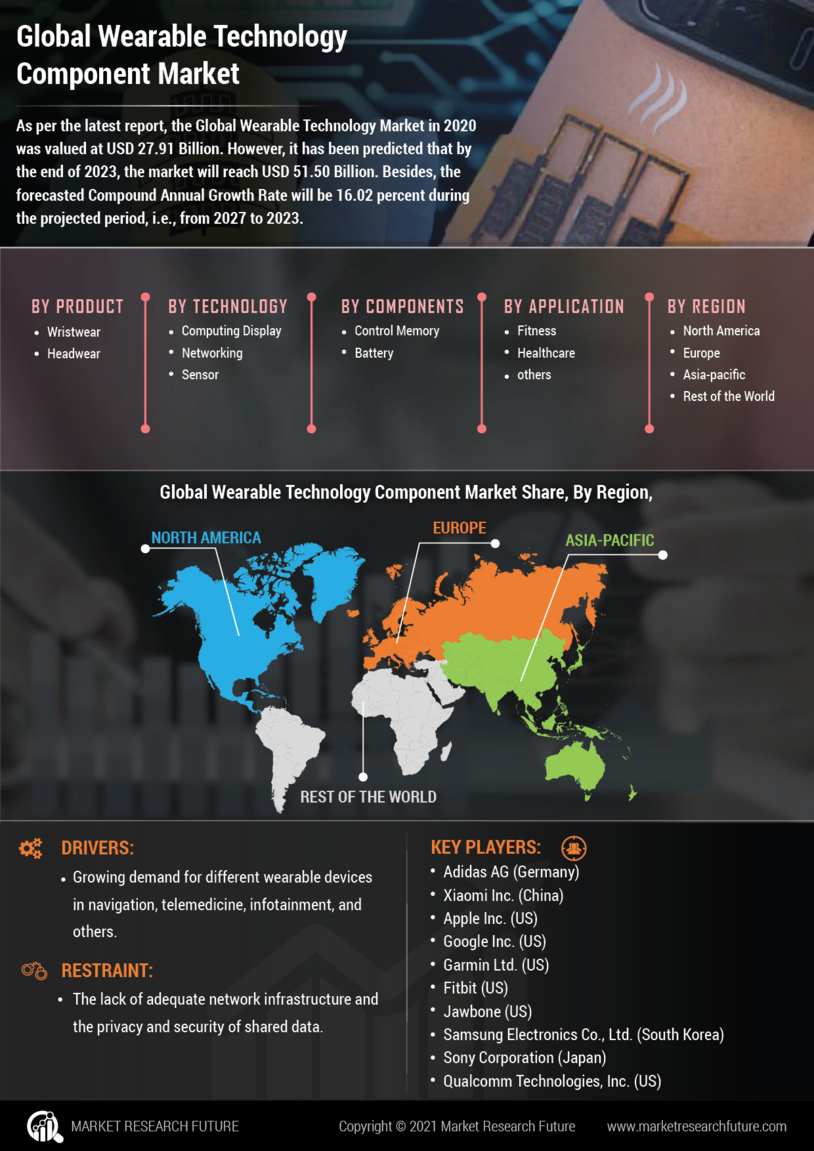
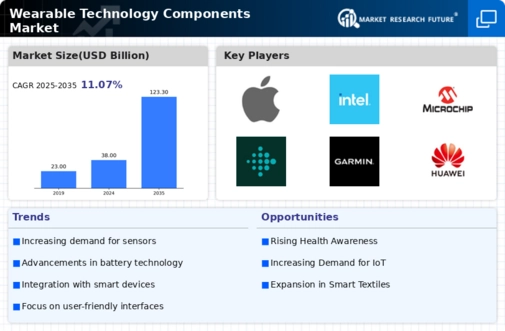
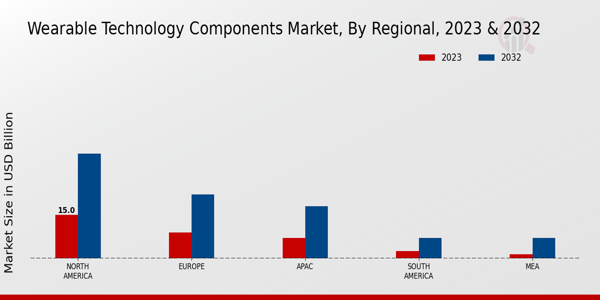

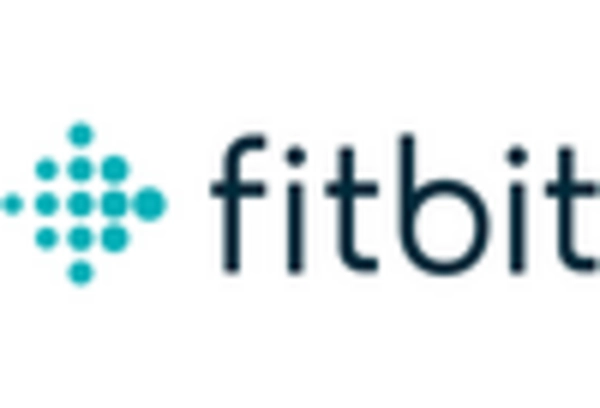
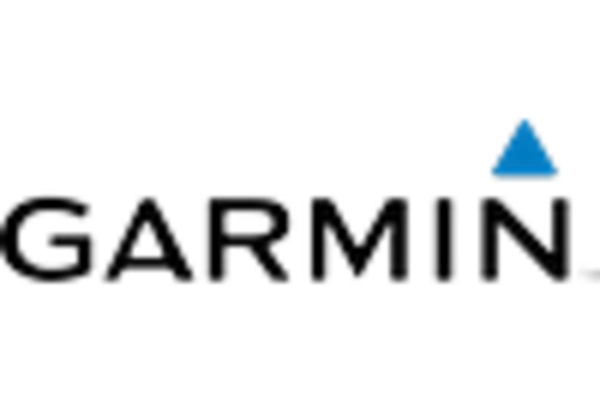
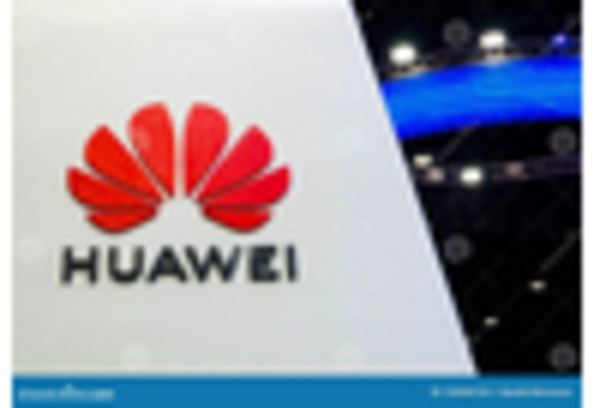










Leave a Comment